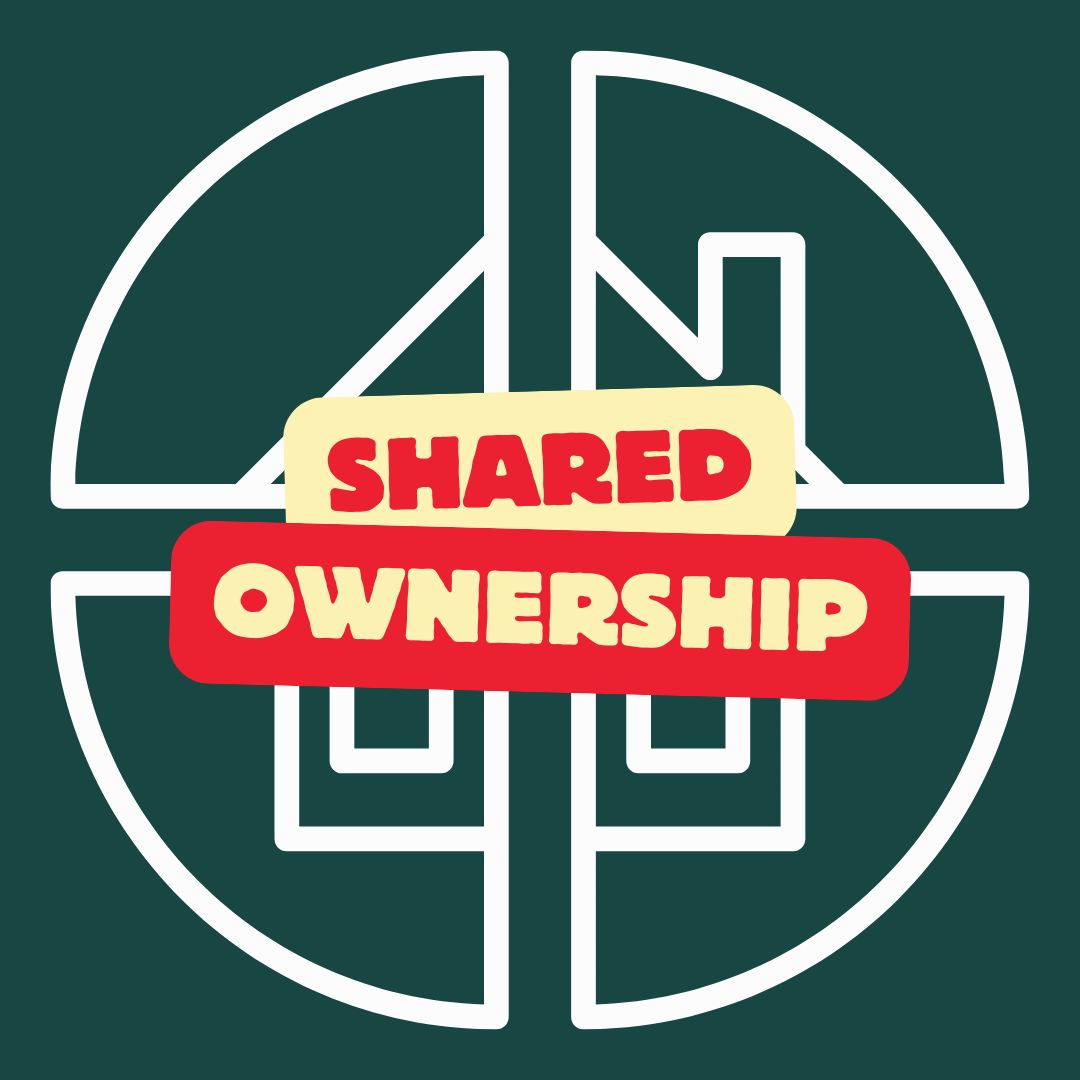Understanding Shared Ownership: A Path to Home Ownership
Introduction
In the UK, the dream of home ownership is increasingly challenging due to rising property prices. For many, especially first-time buyers and those on modest incomes, this dream can at times seem out of reach. Enter the shared ownership scheme—a lifeline offering a pathway to home ownership. This blog explores the scheme’s intricacies, from eligibility to exit strategies, to help you navigate this option confidently.

What is Shared Ownership?
Shared ownership, managed by housing associations in partnership with the government, allows individuals to purchase a share of a property, typically between 25% and 75%, with the housing association retaining the remainder. You pay a monthly rent on the portion you don’t own and can increase your share over time.
Eligibility Criteria
To qualify, you must:
- Be a first-time buyer or previously owned but no longer own a home.
- Have an annual household income under £80,000 (outside London) or £90,000 (within London).
- Plan to live in the property as your primary residence.
- Arrange a mortgage for your share if needed.
- Typically provide a small deposit, often as low as 5%.
Choosing Your Property
Properties under the shared ownership scheme are available through registered housing associations and developers, primarily in areas with high demand. The property must meet specific criteria, such as being a new build or a newly refurbished home.
The Buying Process
- Application: Start by contacting a housing association.
- Mortgage Arrangement: Secure a mortgage for your share.
- Property Selection: Choose your home from available options.
- Surveys and Valuations: Necessary to determine the property’s value and condition.
- Conveyancing: Legal procedures handled by a solicitor.
- Contract and Exchange: Finalise terms and exchange contracts.
- Completion: Finalise the purchase and take ownership.
Mortgage Considerations
Your mortgage covers the portion you purchase, typically ranging from 30% to 80% of the property’s value. Monthly payments include both mortgage repayments and rent on the remaining share.
Responsibilities of Shared Ownership
As an owner, you are responsible for mortgage payments, rent, property maintenance, and utility bills. The housing association generally handles external maintenance and grounds upkeep.
Staircasing: Increasing Your Share
Staircasing allows you to buy more of your property over time, typically with a larger mortgage or savings. Factors like current mortgage terms and market conditions can influence your ability to staircase.
Exit Options
- Purchase the Remaining Share: You can buy the entire property if desired.
- Sell the Property: The housing association may have the first refusal, affecting sale terms and timing.
Frequently Asked Questions
- How is rent calculated? Rent is based on the remaining share’s value, often a percentage of market rent.
- How does staircasing work? You can increase your ownership share, impacting overall costs and equity.
- What happens if I want to sell? The housing association may have first refusal, affecting sale flexibility.
Shared ownership offers a viable route to home ownership, blending affordability with the benefits of property investment. By understanding the process, responsibilities, and options, you can make informed decisions. Remember, the support of housing associations and mortgage providers can guide you through each stage.
If you’re considering shared ownership, reach out to us at Pinewood Properties for guidance. We can provide tailored advice and help you navigate this exciting journey. Our recommended Mortgage Specialists – Bishop & Co can guide you through the financial part of the journey.


 Buying
Buying
 Buying
Buying